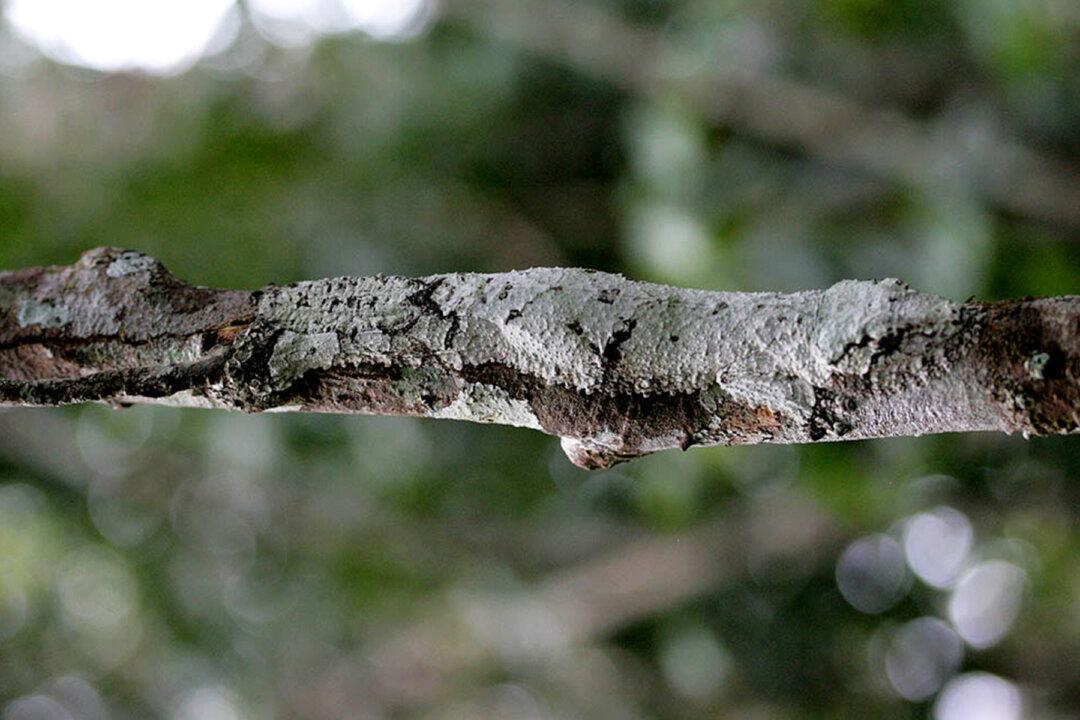Mother nature is truly wondrous. All her creatures are unique and special, with each playing a specific role, whether it is the algae as oxygen producers and food base of aquatic life, or anemones providing protection for clownfish and clownfish providing food for anemones.
Perhaps the most well-known roles are that of predator and prey: predators evolving into efficient, lethal hunters, and prey developing defensive abilities. But there is one ability used by both predator and prey—camouflage.





